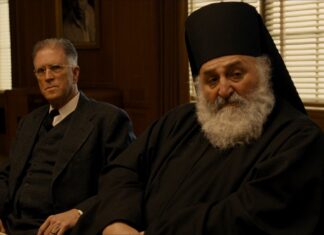By Florence Avakian
Special to the Mirror-Spectator
NEW YORK — Music is “among the gifts that God hath sent,” was once said by legendary poet Henry Wadsworth Longfellow. This phrase is certainly embodied in the talents of internationally recognized and acclaimed husband and wife team of George Avakian and Anahid Ajemian.
A unique exhibition of their work entitled “Music for Moderns,” is currently on view until Saturday, September 24, at the New York Library for the Performing Arts at Lincoln Center. The exhibition is dedicated to the memory of Anahid Ajemian, who passed away on June 13, 2016.
This exhibition is derived largely from George Avakian’s and Anahid Ajemian’s personal archives of photographs, recordings, memorabilia, oral histories, writings, letters, and other papers.
During the almost two hours I spent at the exhibit, more than two dozen people came in perusing the many archival recordings, photographs, oral histories, writings, letters held by the Music and Recorded Sound Divisions of the New York Public Library for the Performing Arts. One also is privileged to hear the ongoing magical sounds of such jazz and popular music giants as Louis “Satchmo” Armstrong, Duke Ellington, Miles Davis, Mahalia Jackson, Bessie Smith, Billie Holliday, Benny Goodman, Billy Strayhorn, Keith Jarrett, Tony Bennett, Johnny Mathis, and many others.







